How to Find Fossils
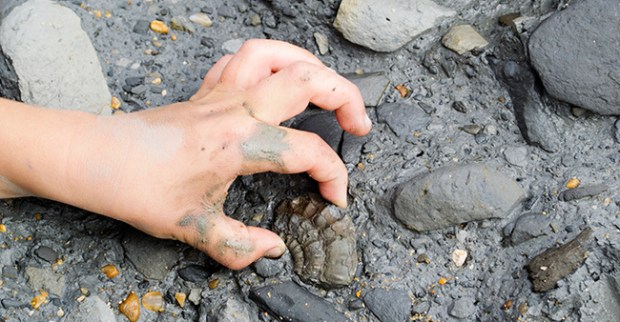
Sometimes a rock’s just a rock … and sometimes it’s a fossil. How can you tell the difference?
Research which fossils are common where you’ll be hiking
Stop by a museum or visitor center, call a local university’s geology department or search for a club of paleontologists (people who study fossils of plants and animals).
Find the right kind of rocks
Fossils are found in sedimentary rocks, like sandstone, limestone or shale. Sedimentary rocks look like layered pancakes.
Look for exposed rock
Check out stream cuts, bluffs, sea cliffs, road cuts or any place where bedrock is eroding.
Get low
You’ll see more fossils when you’re on your hands and knees. Use a magnifying lens. Form a “search image” in your mind. If you spotted ammonites at a nearby rock shop, think about what they looked like. Search for spirals and snail shapes. And remember that most fossils are small sea animals – not rare dinosaur bones.
Don’t take fossils
Leave fossils as you found them, so others can enjoy them, unless directed otherwise by local authorities. If you think you’ve found something unusual, make a careful note of its exact location — information that’s as important as the rock itself. A fossil’s location tells its story, where and how the animal lived.
FIVE EASY-TO-FIND FOSSILS
Here are five fossils that you can look for on your next hike.
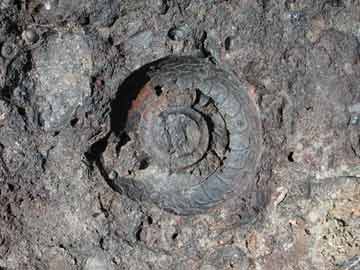 Ammonoids
Ammonoids
People in the Middle Ages called ammonoids “snake stones” because they thought the fossils were coiled snakes.
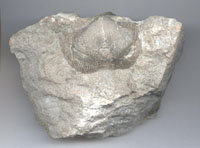 Brachiopods
Brachiopods
Scientists say most brachiopods disappeared 250 million years ago, when as much as 95 percent of ocean animals died in a mass extinction.
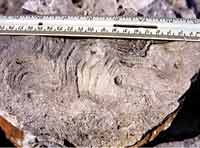 Corals
Corals
Algae lives inside the coral, giving it nutrients and oxygen.
Crinoids
This flower-shaped animal’s anus was next to its mouth.
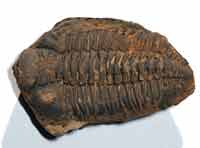 Trilobites
Trilobites
Growing trilobites crawled out of old exoskeletons through head splits, giving their fossils “facial structures.”
I found 2 small belemnite pieces,1 crinoid System And Small brachiopodes and 30 grypheae Arcuata whit 14 years
My next Fossils that i want to find is Amonite,bivalve and tooth From a dinosaur.
Wet your finger and touch it. If it feels sticky, it’s a fossil. If not, then it’s a rock!